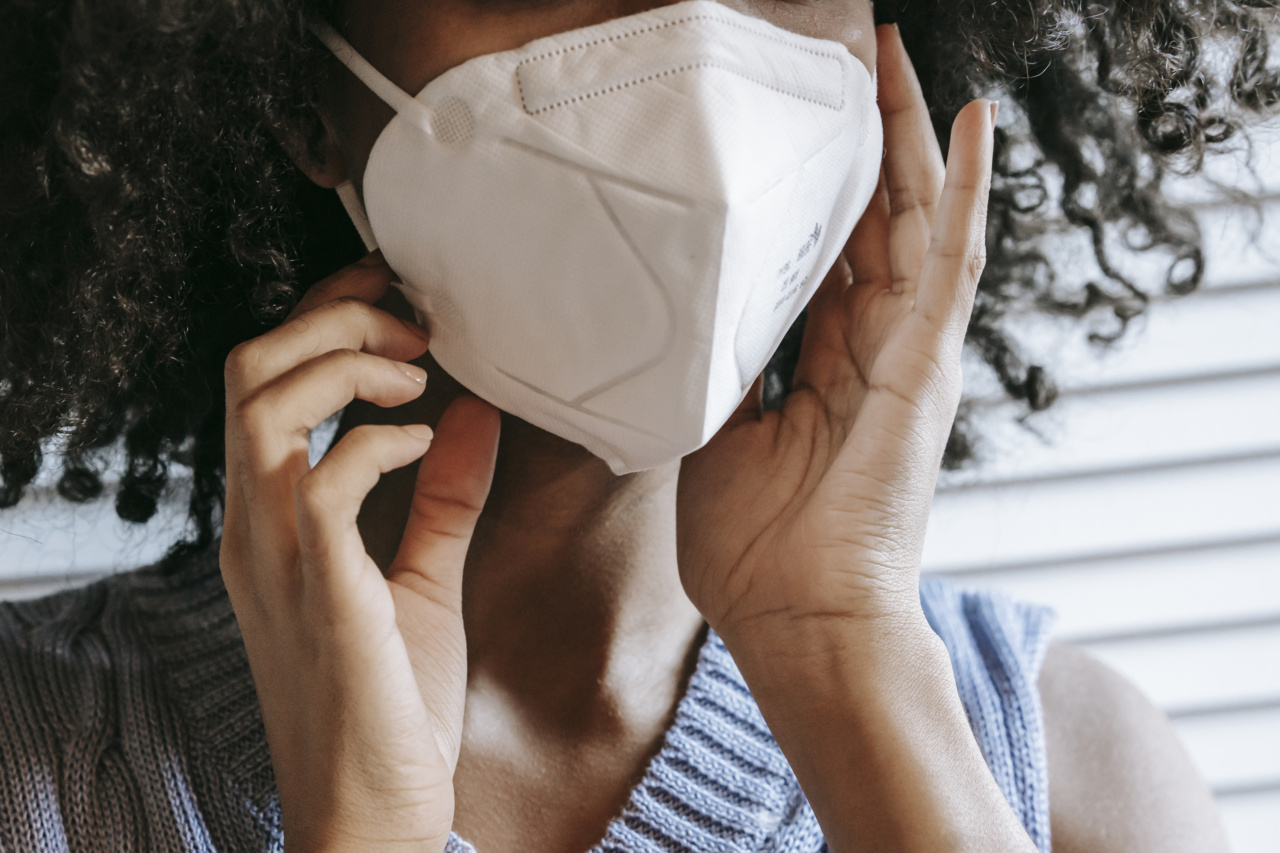Olives are one of the most popular and healthy snacks around the world. They are known for their nutritional value and versatility. They are used in salads, sandwiches, and pasta dishes, and they are also a great source of healthy fats.
However, there is a growing concern about the hazards associated with olives infected with white wreath.
What is White Wreath?
White wreath is a fungal disease that affects olive trees. It is caused by the fungus Spilocaea oleagina, and it gets its name from the white, powdery substance that appears on the leaves, twigs, and fruit of infected olive trees.
The disease is most commonly found in humid regions and is prevalent in the Mediterranean region, including countries such as Italy, Greece, and Spain.
How does White Wreath Affect Olives?
White wreath can have a devastating effect on olives. The disease can cause extensive damage to the fruit, reducing the yield and quality of the crop.
This can have significant economic consequences for olive growers, particularly those who rely on olives for their livelihoods.
In addition to reducing the yield and quality of the crop, white wreath-infected olives can pose health risks to consumers. One of the main hazards of consuming infected olives is the presence of mycotoxins.
What are Mycotoxins?
Mycotoxins are toxic substances produced by certain types of fungi. They are known to cause a range of health problems in humans and animals, including cancer, liver damage, and neurological disorders.
The presence of mycotoxins in food can be a significant health risk, particularly when consumed over long periods of time.
Several mycotoxins have been found in olives infected with white wreath, including ochratoxin A and aflatoxins. Ochratoxin A is a potent toxin that can cause kidney damage and has been classified as a possible human carcinogen.
Aflatoxins are also known to be carcinogenic and can cause liver damage.
How are Mycotoxins Transferred to Olives?
Mycotoxins are produced by fungi that grow on olives that have been infected with white wreath.
The fungi can produce mycotoxins in response to stress, such as drought or damage to the fruit, and can continue to grow and produce mycotoxins even after the fruit has been harvested.
Mycotoxins can also be transferred to olives during processing. If olives that have been infected with white wreath are used to make olive oil, the mycotoxins can be transferred to the oil.
This can pose a significant health risk, particularly if the oil is consumed over a long period of time.
How to Identify White Wreath Infected Olives?
White wreath infected olives can be identified by the white, powdery substance that appears on the leaves, twigs, and fruit. The fungus can also cause the olive fruit to become discolored and can cause the skin to crack or split.
If you are unsure whether olives are infected with white wreath, it is best to avoid eating them to minimize the risk of mycotoxin exposure.
Preventing White Wreath Infection in Olives
The best way to prevent white wreath infection in olives is to implement good agricultural practices. This includes maintaining good orchard hygiene, such as pruning infected twigs and branches, removing diseased fruit, and ensuring proper irrigation.
Crop rotation and the use of resistant olive tree varieties can also help to prevent white wreath infection.
If white wreath infection is detected in an orchard, it is important to take immediate action to prevent the spread of the disease. This may involve the use of fungicides or other control measures.
Conclusion
Olives are a healthy and nutritious snack, but they can pose a significant health risk if infected with white wreath.
The presence of mycotoxins in infected olives can have a range of health consequences, and it is important to take steps to prevent the infection of olives with white wreath. By implementing good agricultural practices and taking appropriate action if infection is detected, we can help to ensure the safety and quality of olives and olive products.






























